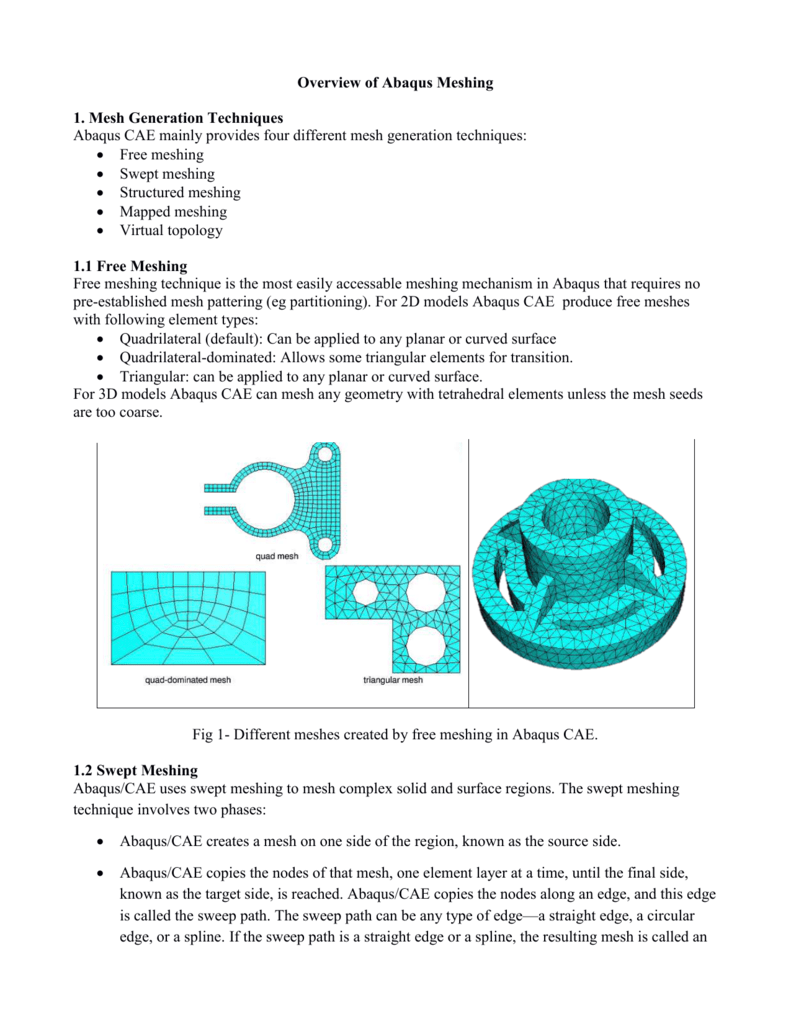
The directions can be printed to the data file by using user subroutine UVARM.ĭirection definitions for nodal variablesįor nodal variables 1, 2, and 3 are global directions (1= X, 2= Y, and 3= Z or for axisymmetric elements, 1= r and 2= z). The local (material) directions (averaged at the nodes) can be visualized in ABAQUS/CAE by selecting Plot Material Orientations in the Visualization module. By default, the local directions are written to the output database for all frames that include element field output. You can control writing the local directions to the output database file or to the results file (see Specifying the directions for element output” in “Output to the output database, Section 4.1.3, and Output of local directions to the results file” in “Output to the data and results files, Section 4.1.2). Invariant quantities at the integration points will not be influenced by the local output directions. ABAQUS/Standard does not take this variation into account when extrapolating output variables to the nodes, which affects output such as element quantities averaged at the nodes or contour plots of individual tensor components. In some cases the local output directions may differ from one integration point to the next within an element. Tensor components in these cases are output in the rotating local directions. For finite-membrane-strain shell elements, membrane elements, and continuum elements associated with a local orientation (see Orientations, Section 2.2.5), the local output directions rotate with the average rotation of the element (integral with respect to time of the spin-see Stress rates, Section 1.5.3 of the ABAQUS Theory Manual). These directions are global directions for solid elements, surface directions for shell and membrane elements, and axial and transverse directions for beam elements. Output for individual components of field output can be requested within the Visualization module of ABAQUS/CAE.ĭirection definitions for element variablesįor components of stress, strain, and other tensor quantities 1, 2, and 3 refer to the directions in an orthogonal coordinate system. If a particular component is desired for contouring in ABAQUS/CAE, request field output of the generic variable (e.g., S for stress). Individual component requests to the output database are not available for field-type output. Individual components of variables can be requested as history-type output in the output database for X–Y plotting in ABAQUS/CAE. Output for individual variables can be requested during postprocessing. For postprocessing of a particular component of a variable, request file output for all components of the variable. Individual components cannot be requested in the results (.




Similarly, variable identifiers of the form DEF can be used for the ranges of i and j indicated ( DEF11, DEF12, ). Variable identifiers of the form ABC n can be used with ( ABC1, ABC2, …), where the highest value of n is determined by the type of variable.


 0 kommentar(er)
0 kommentar(er)
